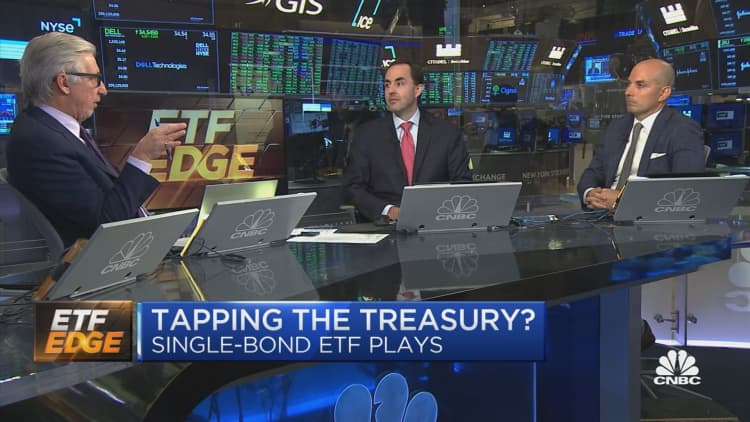
Despite the latest rallies in recent days, the broader market has taken a beating this year. The S&P 500 is down 22% since the start of 2022, but there are signs that the bulls will overtake the bears in the new year.
“Back-to-back down 20% years is very rare,” John Davi, founder and chief investment officer at Astoria Portfolio Advisors, told Bob Pisani on CNBC’s “ETF Edge” on Monday. “You have to go back to the 1930s, [where] we had two consecutive years of down 20%.”
Davi said that while many investors have taken on bearish strategies this year, Astoria positioned itself defensively going into 2022 with inflation-fighting strategies.
“Most of our exposures was to the quality factor,” he said. “We own a lot of short-duration bonds, cash-like bonds. So, on a relative basis, our clients have experienced different portfolio returns this year compared to a benchmark.”
But Davi warned that advisors at Astoria are not oblivious to the risks that the market faces in the coming months, like a potential earnings recession or a pension fund crisis in the U.K.
“Our operative word is start to nibble,” he said. “Nibble on stocks, high-quality stocks. Look at bonds — because bonds now are yielding some attractive coupons — with the goal of trying to deploy that cash in the next three to six months. And that is a very different view.”
In a 2016 interview with CNBC’s “Power Lunch,” the late Jack Bogle advised that investors thinking of selling amid the current market turmoil should resist the urge.
“Just stay the course,” he said. “Don’t do something, just stand there. This is speculation that we’re seeing out there, and you can’t respond to it.”
Pisani referred to the late investing legend while pointing out that the direction of the S&P has always historically been up.
“It’s up 3 out of 4 years,” he said. “Seventy-two percent of the time the S&P 500 is higher year over year since the 1920s.”
Pisani added more of Bogle’s market statistics, citing the 56% of the time the index is up 10% year over year. And the reason for the recovery trend, he said, is simple: capitalism.
“Particularly the relentless efficiency of American corporations,” Pisani said. “A capital allocation is why the U.S. does so well.”
But the base case for the future of the S&P 500 in the coming year is still yet to be determined, and the final months of 2022 have the power to determine where the markets go from here.
“I think there’s some downside risk to earnings potentially being worse than expected,” Davi said. “But I think inflation is what got us in this bear market recession.”
“Thinking that there’s another 10%-15% decline in the S&P means that you believe that we’re going into a protracted, elongated recession,” he said. “I don’t see that.”
Davi said that he has a more constructive outlook for the index, with downside of the S&P in the 5%-10% range as forward-looking inflation indicators, like gasoline and commodities, break even.
“We try not to predict what’s going to happen,” he said. “Buy high-quality stocks, buy value stocks. Liquid as a margin of safety. Ten to 11 times PE ratio for value stocks, I think, is enough.”
Techyrack Website stock market day trading and youtube monetization and adsense Approval
Adsense Arbitrage website traffic Get Adsense Approval Google Adsense Earnings Traffic Arbitrage YouTube Monetization YouTube Monetization, Watchtime and Subscribers Ready Monetized Autoblog
from Investing – My Blog https://ift.tt/pVNzYZF
via IFTTT
Comments
Post a Comment